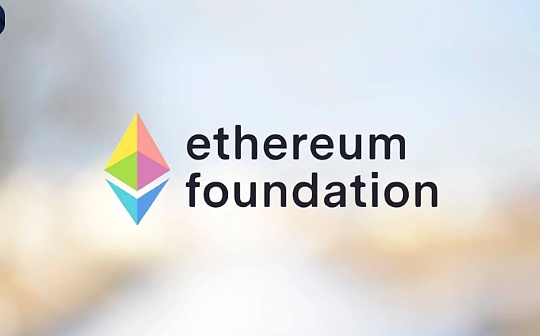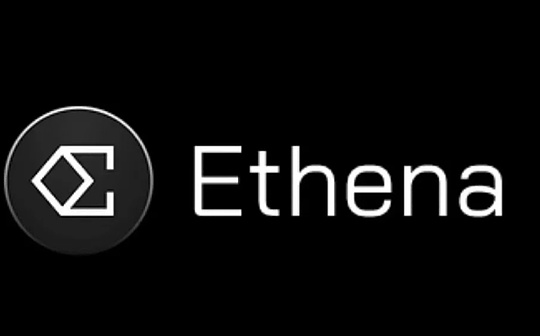
Author: Sam Kessler, CoinDesk; Compiled by: Deng Tong, Bitchain Vision
summary
-
The new Ethereum improvement proposal (officially named EIP-7781) will increase throughput by 50%.
-
The proposal by Illyriad Games co-founder Ben Adams follows an early proposal to improve the overall processing power of blockchain by Ethereum co-founder Vitalik Buterin and others.
-
Ethereum faces growing criticism that it has failed to expand its main blockchain because in recent years it has focused on promoting the popularity of affiliated layer 2 networks optimized for higher transaction execution.
-
Disadvantages include validators that may require additional resources to support higher throughput.
A new upgrade proposal from Ethereum could increase network throughput by 50%, thereby enhancing its ability to compete with speed-focused blockchains such as Solana.
The Ethereum Improvement Proposal (EIP), originally proposed by Illyriad Games co-founder Ben Adams, reduces the slot time from 12 seconds to 8 seconds, allowing the network to process more transactions over time.
The official name of this upgrade is EIP-7781, which will also improve the ability of blockchain to process blobs, blob is a dedicated data repository used by the affiliated layer 2 network to store transaction records.This change will effectively increase the number of blobs per block from 6 to 9, providing more space for layer 2 chains such as Arbitrum and Optimism to publish data to Ethereum.
In Ethereum’s proof-of-stake consensus mechanism, a time slot refers to a specific time interval in which a block can be proposed.A validator is selected for each slot to propose a block, and if successful, the block is added to the blockchain.
The upgrade proposal needs to be through the Ethereum open source development system, but it has won some key supporters.
Vitalik Buterin’s proposal
Ethereum Foundation researcher Justin Drake pointed out on Github that reducing blocking time to 8 seconds will increase the efficiency of decentralized exchanges (DEX) platforms such as Uniswap by 1.22 times.Drake said the change could help close the price gap between on-chain and off-chain trading venues, saving users up to $100 million a year.
The Ethereum blockchain is praised for its strong security and high decentralization relative to most other blockchains, but historically its benefits are at relatively high fees and slower speedsAt the cost – at least compared to newer blockchains like Solana.
Ethereum co-founder Vitalik Buterin proposed in January to increase the “gas limit” of blockchain — the total transaction size that can be squeezed into each block — to increase overall network throughput.
EIP-7781 is equivalent to “effectively increasing the 45M gas limit and 9 blob limit,” according to Drake, “this is roughly consistent with the 40M gas limit proposed by pumpthegas.org and the 8 blob limit proposed by Vitalik et al.”.
Over the past few years, the upgrade of the Ethereum blockchain has focused primarily on paving the way for the development of third-party layer 2 “summarization” networks such as Arbitrum and Optimism.These independent blockchain networks formally settle transactions on Ethereum’s ledger, but they provide users with higher speeds and lower fees and quickly become the main place for users to interact with the Ethereum ecosystem.
In March, Ethereum added data blobs to allow the blockchain to save arbitrary data bits in a separate dedicated space, which is cheaper than regular block space on the network.Compared to regular transactions, blobs are more suitable for layer 2 networks, which bundle a large number of transactions and publish them to Ethereum in one go.
EIP-7781 can help Layer 2 networks publish data to the chain faster (more cheaper) by increasing the number of blobs, but this is the first time in some time that it has directly focused on increasing the basic speed of the Ethereum blockchain.upgrade.
Reducing the slot time from 12 seconds to 8 seconds will translate directly into faster transaction speeds for end users, but it may add pressure to validators, who may require additional hardware resources.








